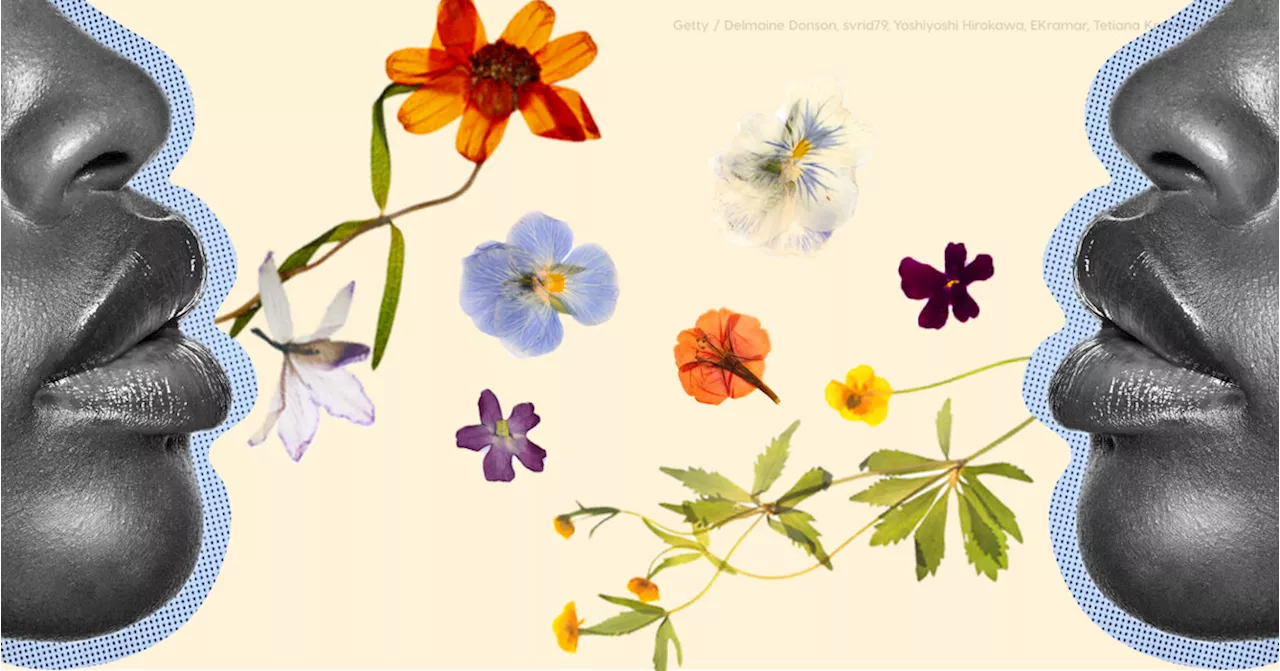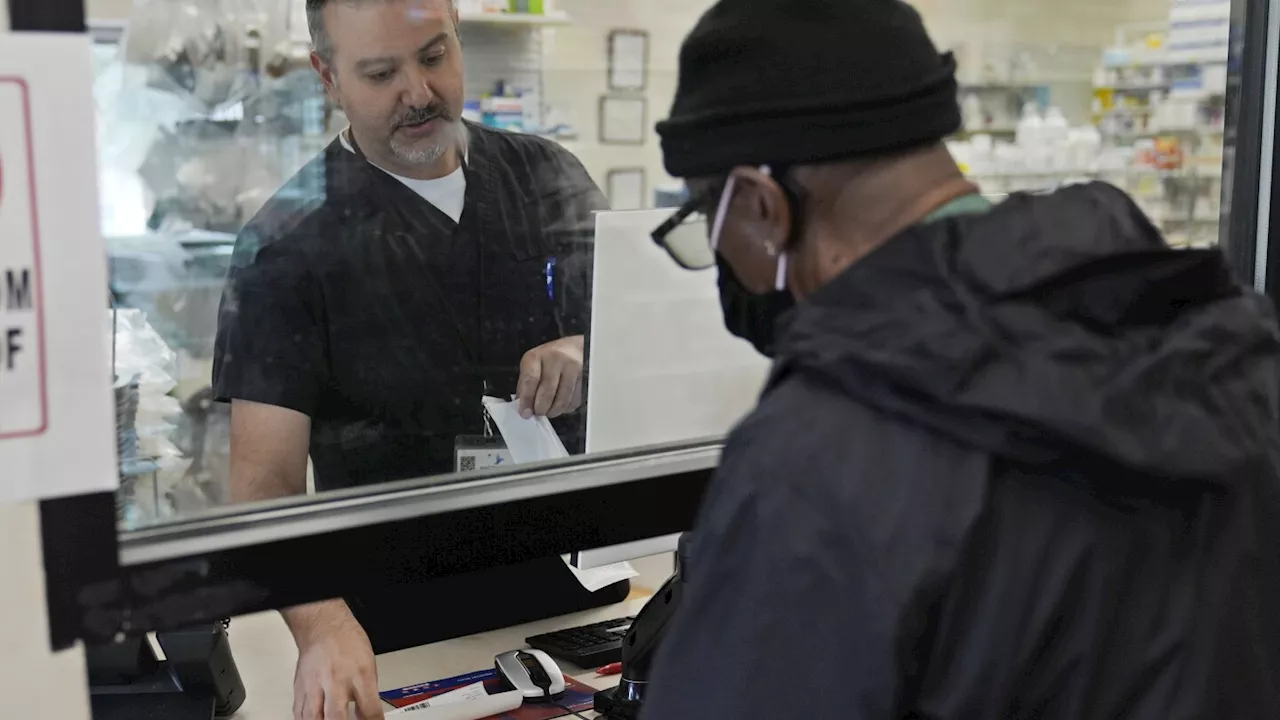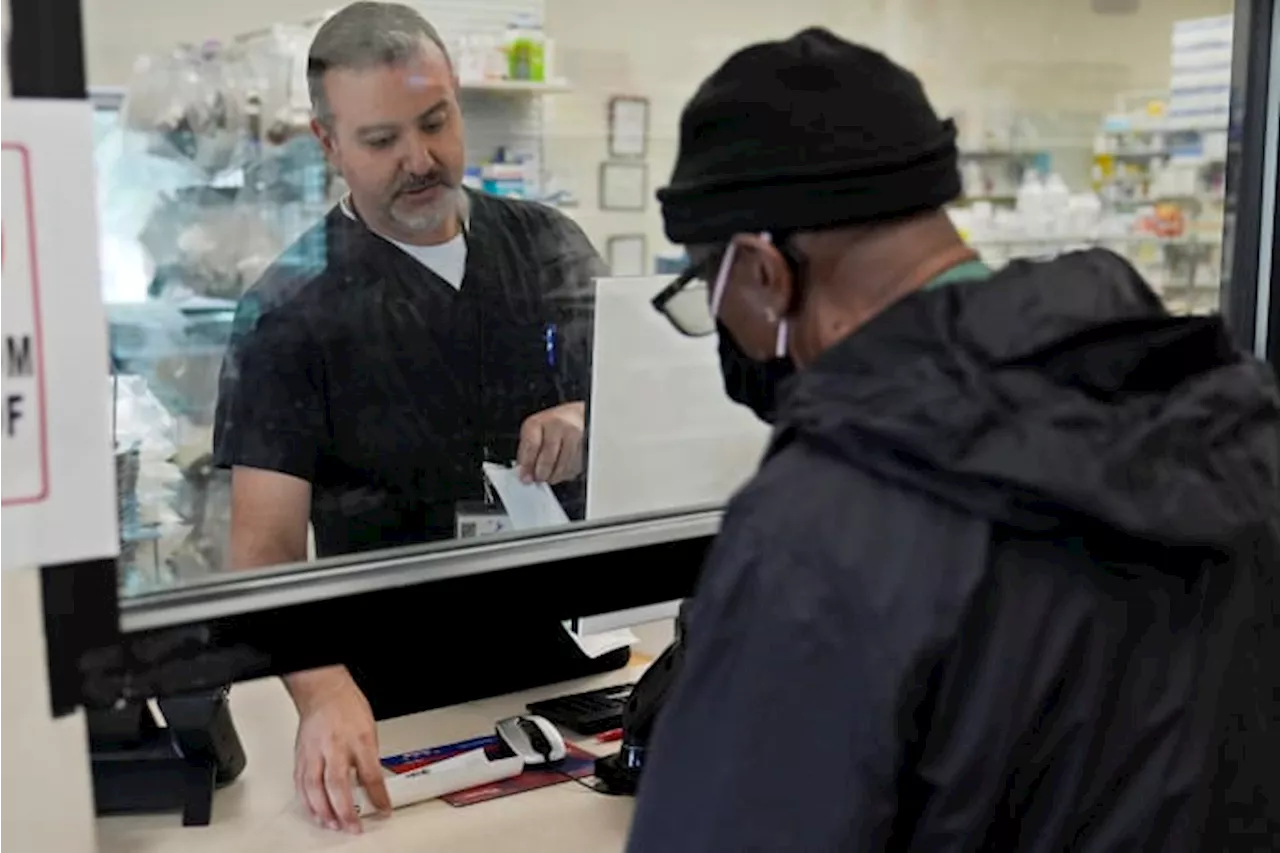Black communities are prioritizing their well-being by leading heat preparation workshops, sharing resources, and more.
After closing out May with four days of triple-digit temperatures and New Orleans’ first heat advisory of the season, the group of mainly Black elders welcomed the “dip” in temperature on June 1.
Jesse Perkins, 63, says he already noticed how rising temperatures have altered his life, and he wants to make sure that it doesn’t completely consume his city. But Capital B found community members bridging the resource gaps, as Black residents set up stands to offer free cold water and door knocked their neighborhoods to check on older residents. Nearly 30 years before, the city experienced the nation’s most deadly heat wave in modern history, as 739, mainly Black elders, perished in the heat.
Between 1979 and 2020, the nation saw more than 2,000 people die due to the effects of extreme heat in only one summer, the summer of the Chicago heat wave. But now the country is on a three-year streak of eclipsing that grim milestone, as the heat dome has reached virtually every pocket of the nation.
United States Latest News, United States Headlines
Similar News:You can also read news stories similar to this one that we have collected from other news sources.
 Crowned | POPSUGARStories that center Black experiences, amplify Black voices, and celebrate Black joy.
Crowned | POPSUGARStories that center Black experiences, amplify Black voices, and celebrate Black joy.
Read more »
 In cities across the US, Black and Latino neighborhoods have less access to pharmaciesAn Associated Press analysis of licensing data from 44 states, data from the National Council for Prescription Drug Programs and the American Community Survey shows residents of neighborhoods that are majority Black and Latino have fewer pharmacies per capita than people who live in mostly white neighborhoods.
In cities across the US, Black and Latino neighborhoods have less access to pharmaciesAn Associated Press analysis of licensing data from 44 states, data from the National Council for Prescription Drug Programs and the American Community Survey shows residents of neighborhoods that are majority Black and Latino have fewer pharmacies per capita than people who live in mostly white neighborhoods.
Read more »
 In cities across the US, Black and Latino neighborhoods have less access to pharmaciesAn Associated Press analysis of licensing data from 44 states, data from the National Council for Prescription Drug Programs and the American Community Survey shows residents of neighborhoods that are majority Black and Latino have fewer pharmacies per capita than people who live in mostly white neighborhoods.
In cities across the US, Black and Latino neighborhoods have less access to pharmaciesAn Associated Press analysis of licensing data from 44 states, data from the National Council for Prescription Drug Programs and the American Community Survey shows residents of neighborhoods that are majority Black and Latino have fewer pharmacies per capita than people who live in mostly white neighborhoods.
Read more »
 In cities across the US, Black and Latino neighborhoods have less access to pharmaciesAn Associated Press analysis of licensing data from 44 states, data from the National Council for Prescription Drug Programs and the American Community Survey shows residents of neighborhoods that are majority Black and Latino have fewer pharmacies per capita than people who live in mostly white neighborhoods.
In cities across the US, Black and Latino neighborhoods have less access to pharmaciesAn Associated Press analysis of licensing data from 44 states, data from the National Council for Prescription Drug Programs and the American Community Survey shows residents of neighborhoods that are majority Black and Latino have fewer pharmacies per capita than people who live in mostly white neighborhoods.
Read more »
 In cities across the US, Black and Latino neighborhoods have less access to pharmaciesAn Associated Press analysis of licensing data from 44 states, data from the National Council for Prescription Drug Programs and the American Community Survey shows residents of neighborhoods that are majority Black and Latino have fewer pharmacies per capita than people who live in mostly white neighborhoods.
In cities across the US, Black and Latino neighborhoods have less access to pharmaciesAn Associated Press analysis of licensing data from 44 states, data from the National Council for Prescription Drug Programs and the American Community Survey shows residents of neighborhoods that are majority Black and Latino have fewer pharmacies per capita than people who live in mostly white neighborhoods.
Read more »
 In cities across the US, Black and Latino neighborhoods have less access to pharmaciesAn Associated Press analysis of licensing data from 44 states, data from the National Council for Prescription Drug Programs and the American Community Survey shows residents of neighborhoods that are majority Black and Latino have fewer pharmacies per capita than people who live in mostly white...
In cities across the US, Black and Latino neighborhoods have less access to pharmaciesAn Associated Press analysis of licensing data from 44 states, data from the National Council for Prescription Drug Programs and the American Community Survey shows residents of neighborhoods that are majority Black and Latino have fewer pharmacies per capita than people who live in mostly white...
Read more »
